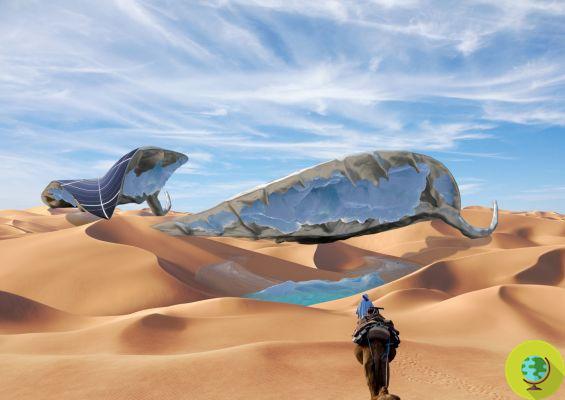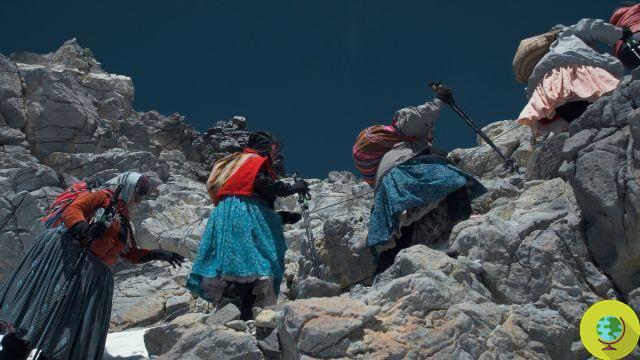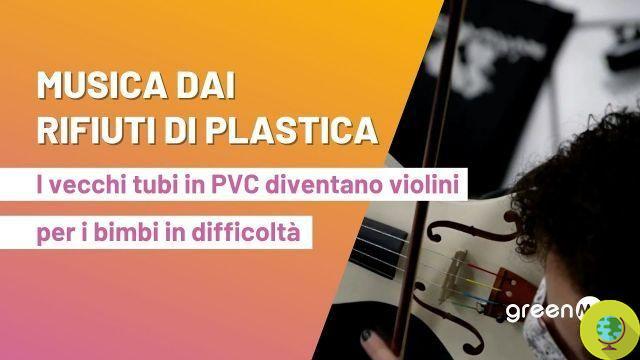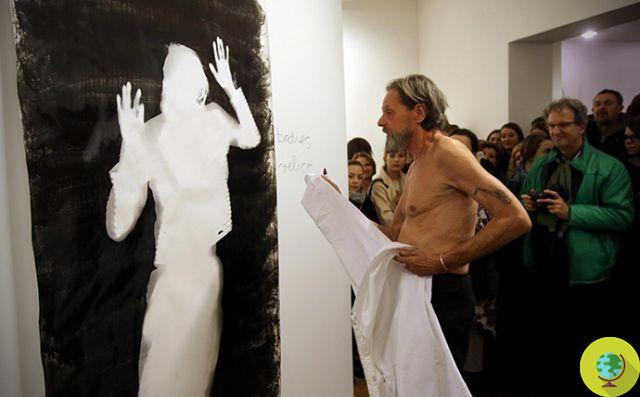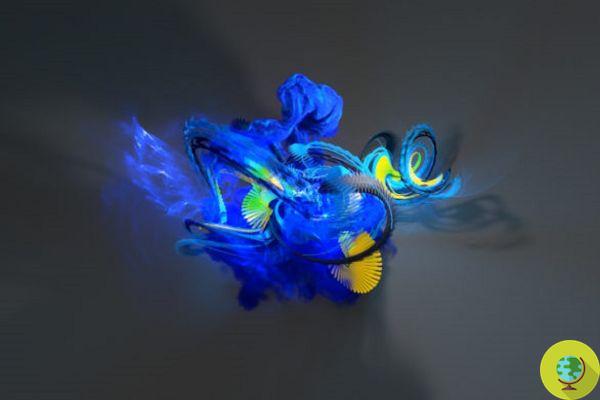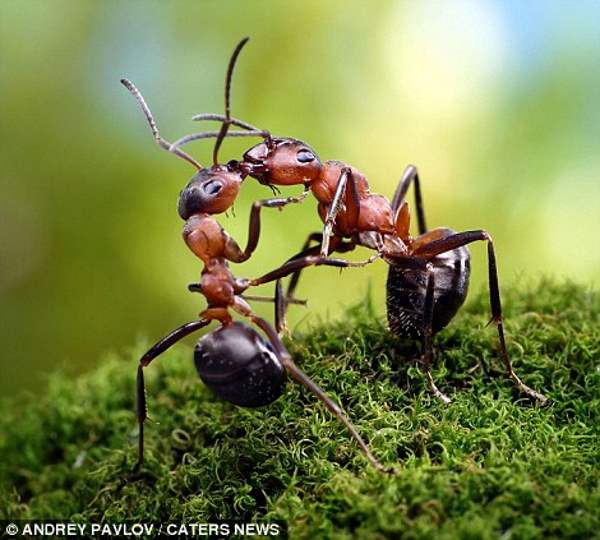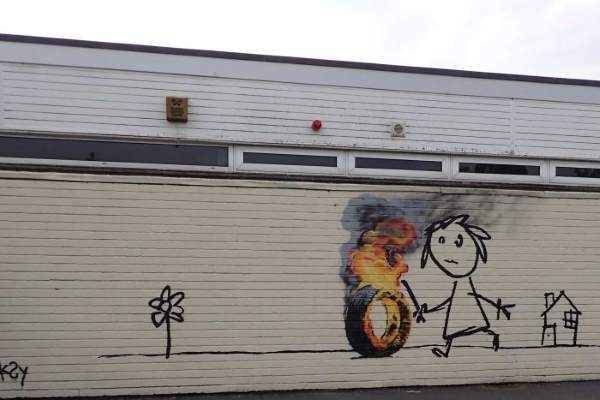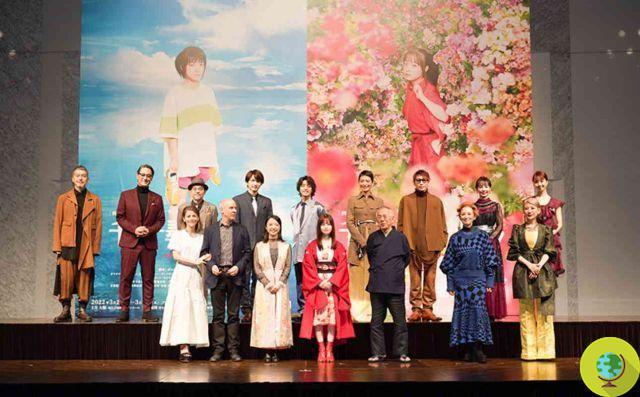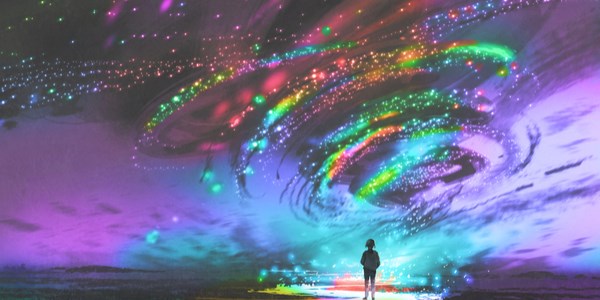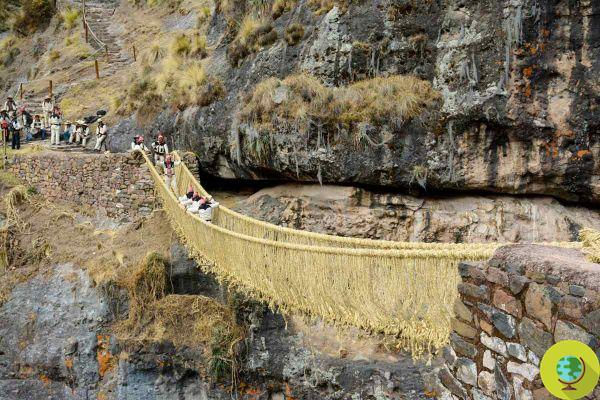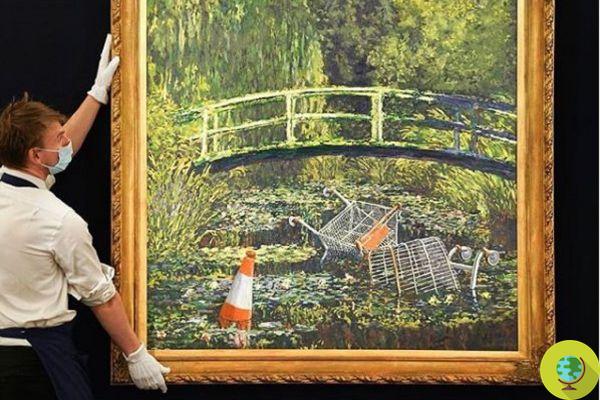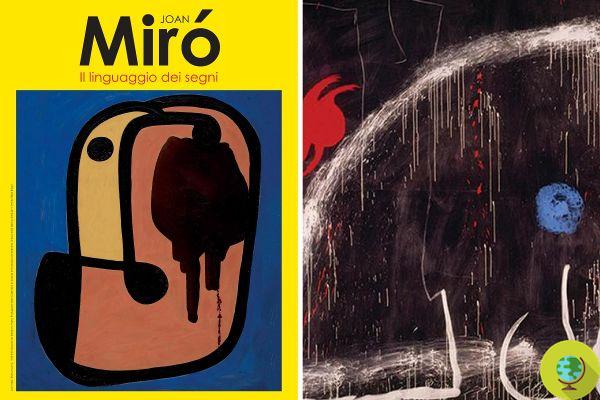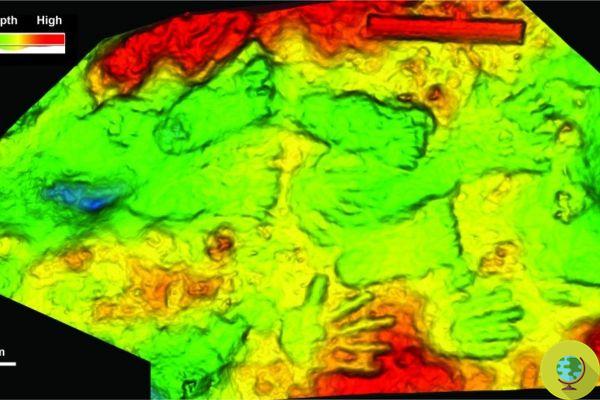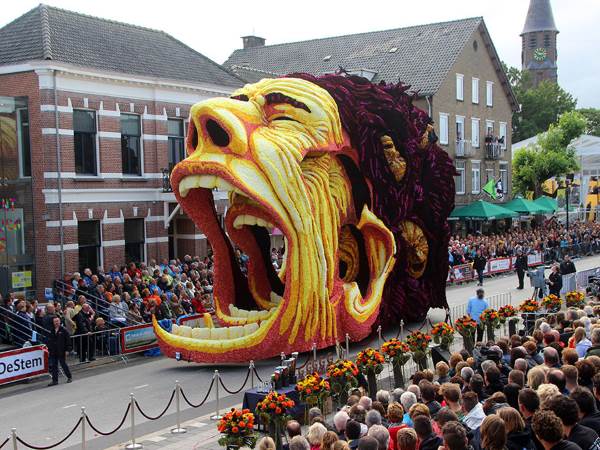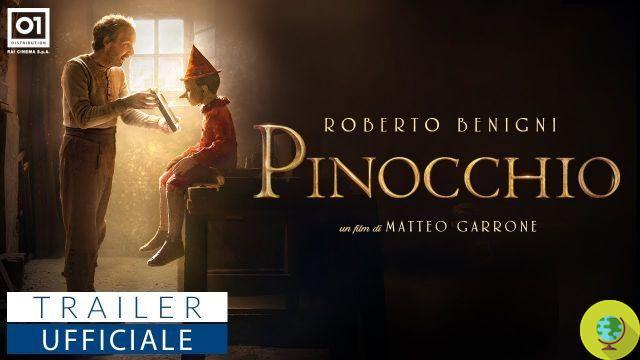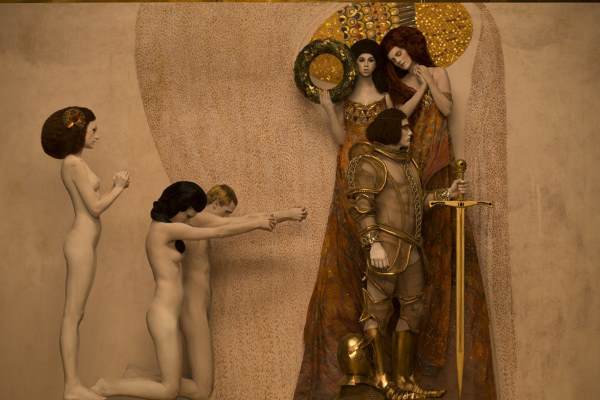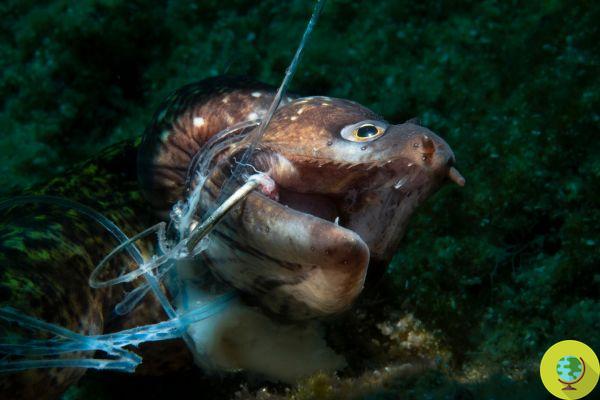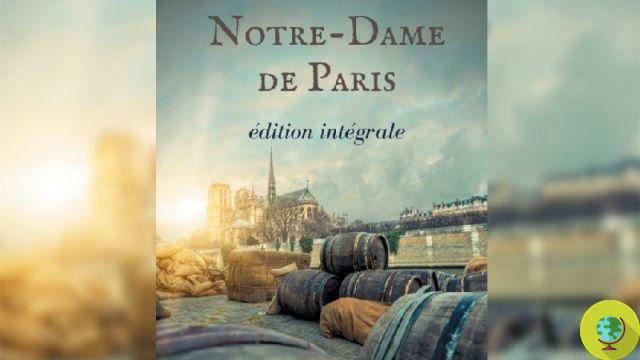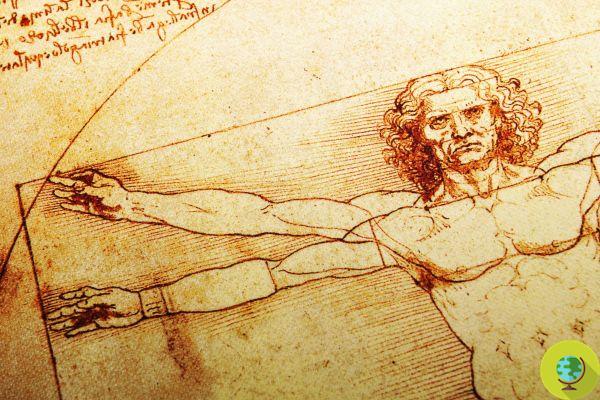
The best teaching method to prepare young people for the challenges of the future is transdisciplinary: this is what supports an interesting study conducted by researchers at the University of Cambridge and Edinburgh.
"School is our passport to the future, since tomorrow belongs to those who are preparing to face it today" said the great human rights activist Malcolm X. And it's really true: the type of education received can make a real difference. . Even today, most schools tend to tackle the subjects separately, but it may not be the best approach to prepare children for the challenges of tomorrow. This is what supports an interesting study conducted by researchers of theUniversity of Cambridge and Edinburgh, from which it emerges that the most suitable teaching method is the transdisciplinary one. In short, art and science should go hand in hand and intertwine to offer the younger generations the knowledge and skills to face major challenges such as the climate crisis. The watchword is therefore contamination.
To carry out the research, scholars drew inspiration from the great figures of the Renaissance, such as Leonardo Da Vinci, which has overcome the disciplinary boundaries that still persist in many contexts today. Da Vinci, in fact, was able to combine the knowledge of the arts with those of science, reaching an extraordinary level of education.
"If we look at the fantastic designs that Da Vinci produced, it is clear that he was combining different disciplines to advance knowledge and solve problems." - highlights Pam Burnard, Professor of Arts, Creativity and Education at the University of Cambridge - “We must encourage children to think similarly because tomorrow's adults will have to solve problems differently due to the existential crises they will face: in particular those of climate, sustainability and the precariousness of life on Earth “.
The importance of the transdisciplinary approach
To evaluate the effectiveness of the so-called approach STEAM, which includes the study of science, technology, engineering, mathematics and art, the researchers focused on two case studies. The first concerned a group of South African adolescents, coming from disadvantaged backgrounds, who were invited to make drawings in which it was also necessary to follow mathematical rules. The young people were then encouraged to demonstrate their artistic and mathematical skills to complete the task. And it was precisely through the charm and creative power of art that the children were able to understand the important role of mathematics in everyone's life.
The second experiment, on the other hand, involved children from a school in Aberdeen, Scotland. Here the pupils were involved in a hands-on outdoor activity and were encouraged to reorganize their school gardens and to choose the products to grow, such as lettuce, and the necessary resources and tools such as the type of soil, the water and the hoe. Thus, they learned to take care of vegetables and greens firsthand, developing the ability to understand how to handle the seedlings and make them grow at their best.
In this way, the pupils of the primary school in Aberdeen were able to explore issues such as self-production and management of natural resources, which were previously only abstract concepts for them. According to scholars, only by combining practice with theory, following a transdisciplinary approach, can children be truly trained to face the complexity of the world.
“In order for education to reflect reality, it is necessary to abandon the linear view that subjects must be taught separately,” explains Professor Burnard.
Fonte: University of Cambridge/Curriculum Perspectives
Read also:
- The thrushes and the owl: Leonardo Da Vinci's fable that teaches us not to enjoy denied freedoms (even to our worst enemies)
- Montessori method: 10 books to know and apply it
- Sipping wine stimulates the brain more than solving mathematical problems





